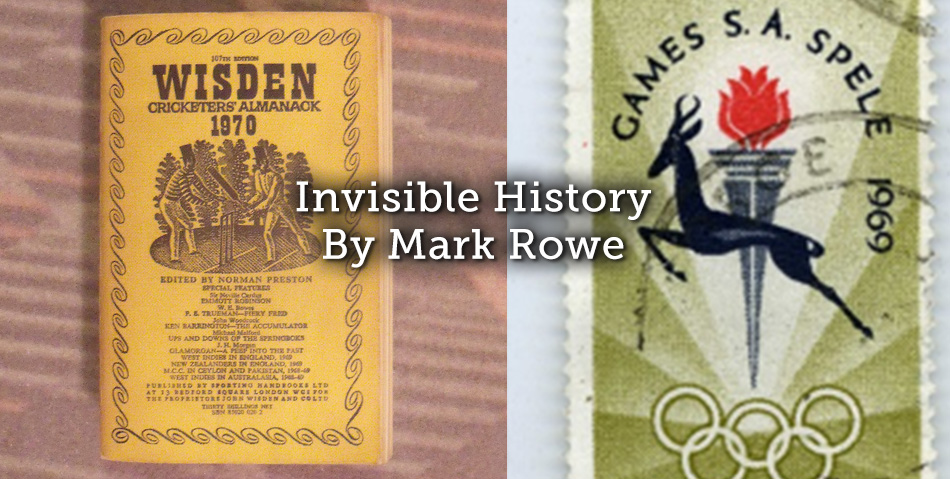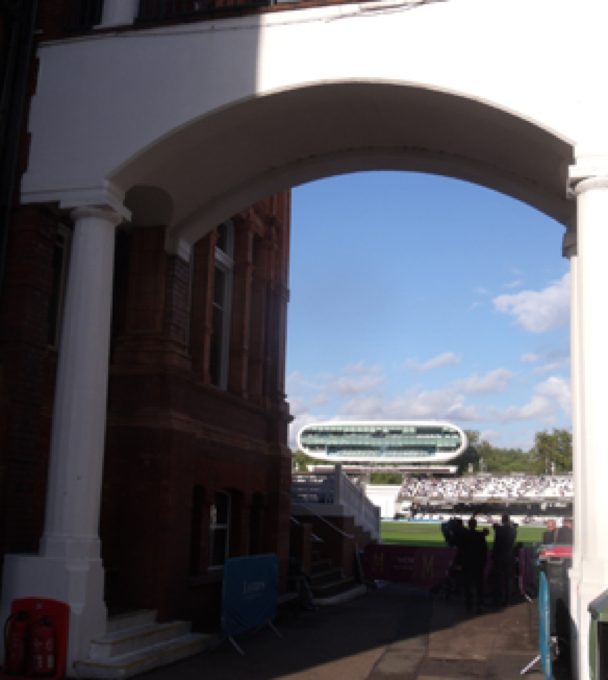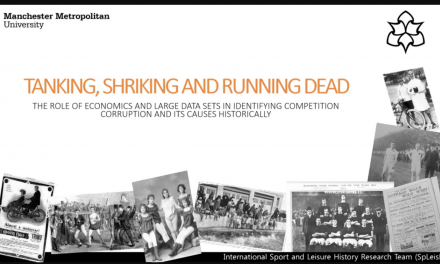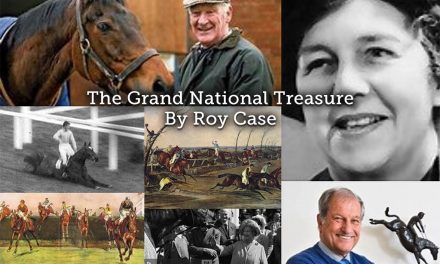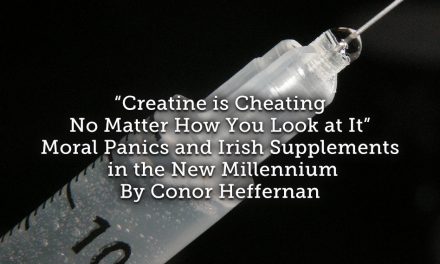The talk I found most intriguing at the Spleish colloquium at Crewe in March 2018 was by a Pole, Kamil Potrzuski: ‘Unrealised concepts of creating an Olympic district in interwar Warsaw’. He described plans in the 1930s for an ‘Olympic district’ in the Polish capital, to host a Games in 1952 and 1956. The 1939-45 war got in the way; and even if it had not, the country probably would not have done it anyway, due to the cost. His was an example of a sort of history that I believe should be the next frontier: the historical study of things that did not happen. That is not the same as counter-factual history; speculation about what-ifs, such as if King Harold had won in 1066.
A colloquium is supposed to be about active debate rather than passive listening to speakers; and so it proved for me. At dinner I sat opposite Kamil. I told him I had visited Warsaw in 1992; he replied that the city had changed much since. As for my idea of ‘history of things that never happened’, he answered that he had worked as a tourist guide in Warsaw; he had to talk about things that were not as they now are, above all for Jewish visitors, as the Nazis flattened the Warsaw Ghetto, after the famous 1943 rising. A history of the never-was, then, is not whimsical or wacky; it is essential to any sense of history in fast-changing (post-)modern life. While Kamil has researched architecture, entire quarters of Warsaw that never went beyond drawings and scale models, other examples abound: the Berlin Olympics of 1916, and another cancellation, my own topic at the colloquium, the South African cricket tour of England in 1970. The last chapter of my planned book Tour de Farce will cover the first day’s play of that tour. I’ve rustled the pages of my copy of Wisden Cricketers’ Almanack 1970; on page 1083 it says SA will arrive on June 1 and start against Southern Counties, at Lord’s, on Saturday, June 6. It has a reality.
We can trace what may well have happened from both sides: the boasts of ‘Stop The Seventy Tour’ (STST) organisers, eagerly reported (the Sun newspaper, for one, picked up the confrontational ‘D-Day’ metaphor), and police operational documents, besides examples of similar demonstrations against the Springbok rugby tour of the British Isles from November 1969 and January 1970; and a private South African cricket tour, and a Davis Cup tennis match at Bristol, in the summer of ‘69. Some protest tactics, therefore, were not new (shouting and chanting, invading the field of play and sitting), and some ideas were more realistic (flashing mirrors, hiding the ball) than others (releasing locusts).
Some questions are unanswerable. How many would have turned up – to protest, or to watch the match? If hundreds protested at a midwinter rugby match, surely more would have gone to London on a summer weekend. Who would the protesters have been? A deceptively simple question. Presumably the same people who demo’d against the rugby, or against the Vietnam War. The Crowd in History (1964) by George Rude, usefully reminds us; to call the food rioters of the 18th century or of the 1789 Revolution in France ‘the mob’ (p. 8) is not an answer; only a label. Likewise press commentators in 1969-70 had plenty of names for the demonstrators – long-haired louts, twits, ‘soapless wonders’, anarchists – that in truth were only abuse. As that suggests, the STST campaign was highly newsworthy.
- Lords – 2016
June 6 might have looked like the final protest against the Springboks at Twickenham on January 31, 1970: a march to the ground by non-violent campaigners, including Christians and left-wing politicians; and separately inside, louder and more violent students. Would the protesters have carried the day – would play have been so interrupted that the tour was halted as unplayable? How violent would it have become, and how unsafe, would have depended on numbers; always a basic in plans at any venue.
I frankly struggle to think of reasons for speculating about that event that never was. Don’t we take for granted the fragile consent that allows sport? Is it one example of a Britain around 1970 testing the limits – from football hooligans, and teachers and others on strike, to conservatives raging against fluoridation of tap water? It may show what a close shave English cricket had from even worse financial, reputational and physical damage, after the handful of men (all men) in authority tried hard to hang on to the tour. For in ‘crowd science’, based partly on physics, if too many people are in too small a space, there can be no what-ifs; people get hurt.
Article © Luke J Harris
The 1916 Olympics:

